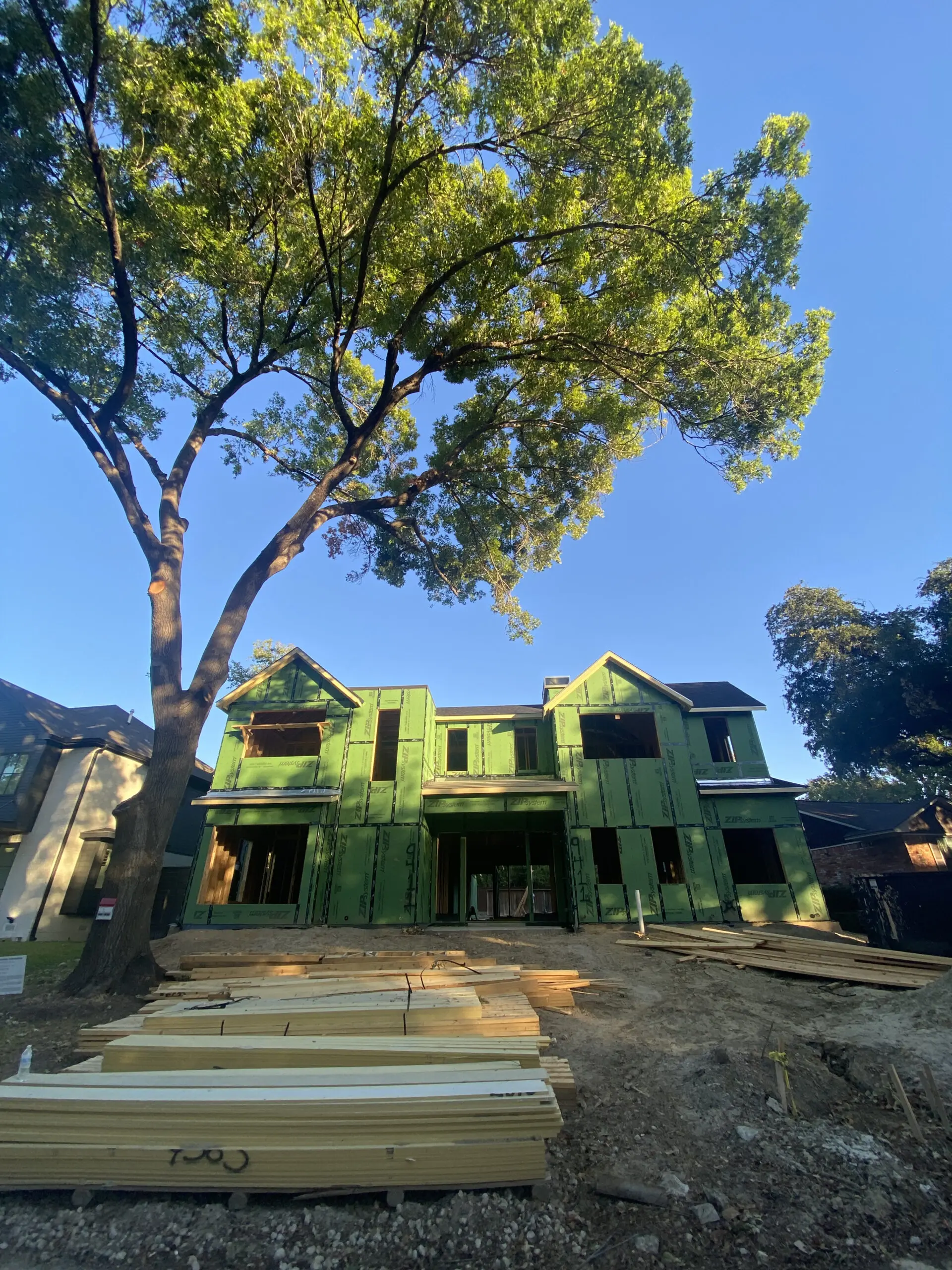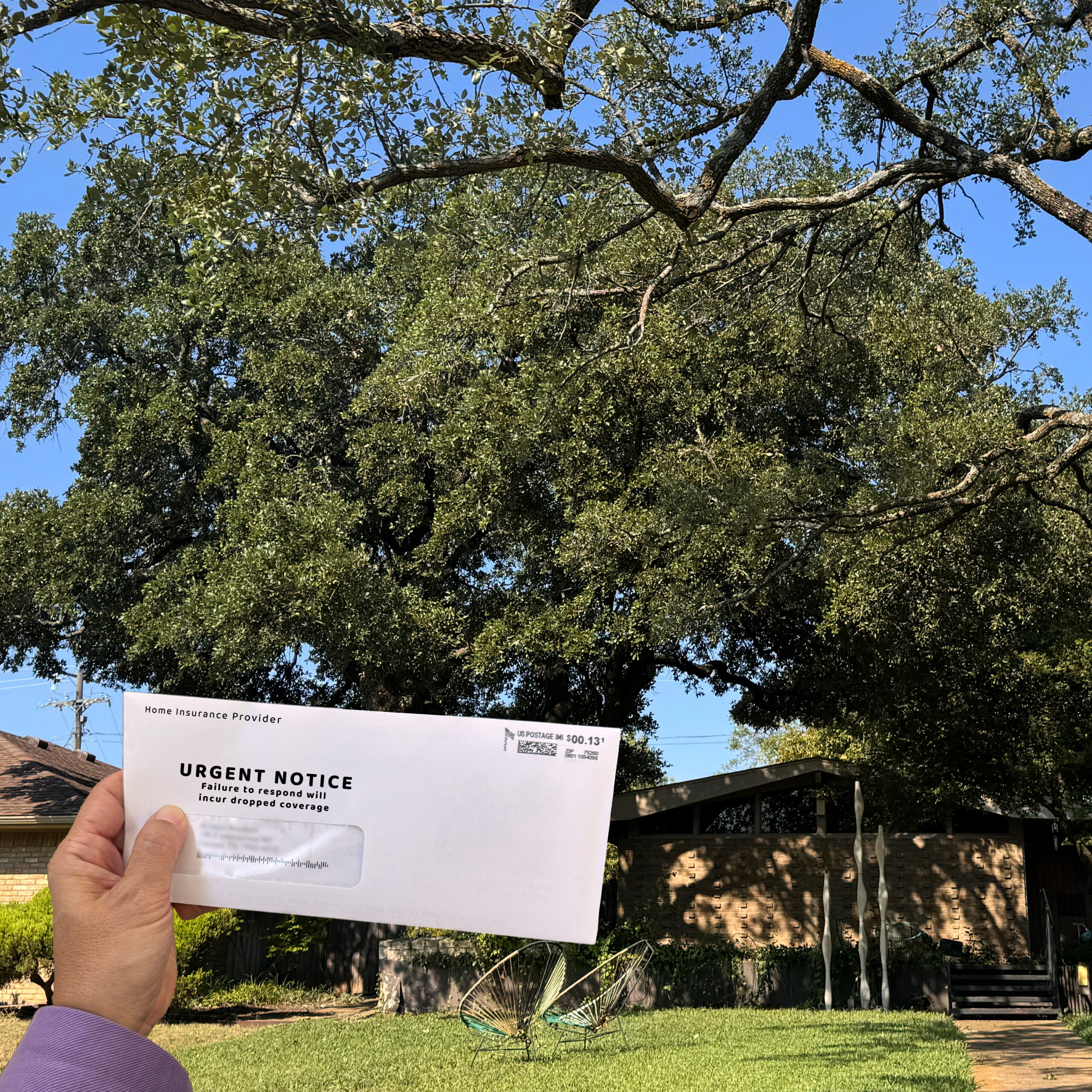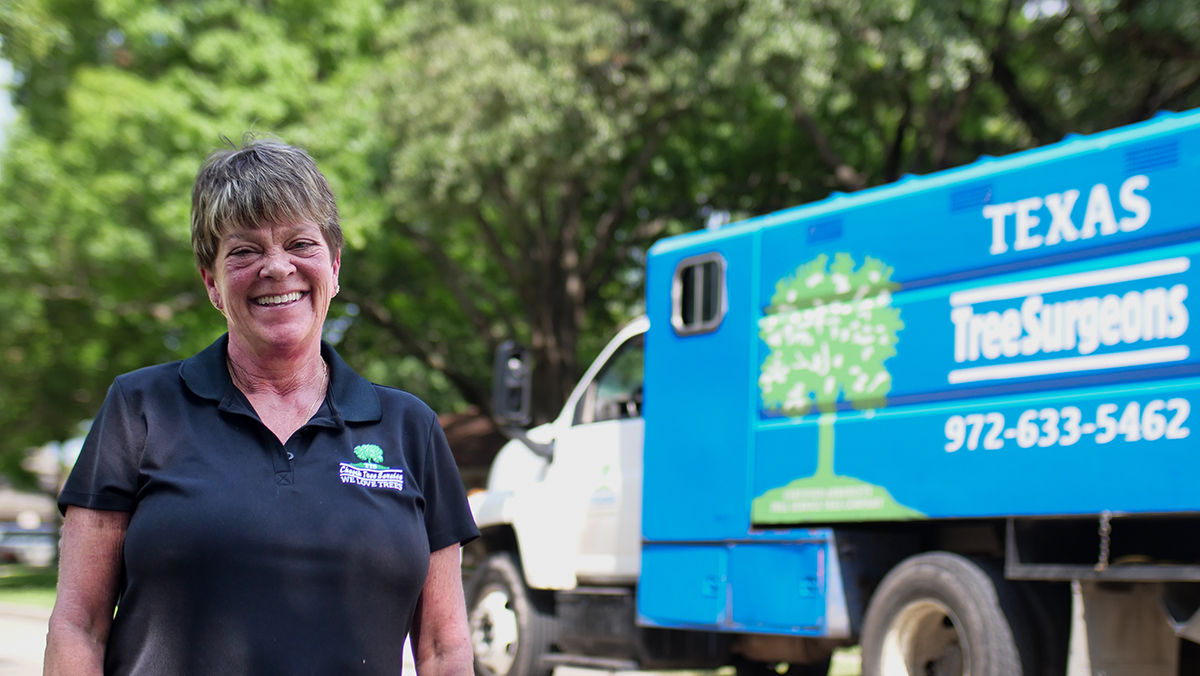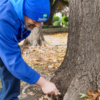Leading Killer of Trees in Urban Environments: Construction

Damage from construction projects is the most common cause of tree death in urban environments, and while the effects may not be immediately apparent, the tree can be in decline and die years after nearby construction has been completed.
Injury to a tree happens unintentionally from mechanical tree injury, root damage, loss of rooting space, changes in soil moisture, soil compaction and contamination.
Why? Lack of construction protection and lack of understanding what constitutes the critical root zone of a tree.

The most common problems associated with construction:
- Root loss is generally caused by stripped soil, sub-grade preparation for pavement and trenching for utilities. Severing one major root can cause the loss of 15 to 20% of a root system.
- Mechanical wounds (to limbs or trunks) caused by machines, poor pruning, high-traffic, and people.
- When the soil grade is lowered a large percentage of roots may be removed. When the grade is increased a tree can be smothered because 90% of absorbing roots are in the top few inches of soil.
- Soil compaction smothers trees by reducing available oxygen and decreasing a tree’s ability to absorb nutrients and water. This causes the roots to be more exposed to the elements, as they struggle to absorb water and nutrients.
- Spills or dumping of fluids (paint, oil, fuel, etc.) can cause quick and rapid death of a tree.
During the planning process
Decide which trees will be kept, which trees must be removed and which trees need to be protected. Consider tree location, tree size, tree heath, tree species, species diversity and tree age (younger trees usually withstand construction better than more mature trees). Then assess the potential impact to the trees and make modifications in plans when possible. Identify tree work that must be done (pruning and crown-raising where necessary, treatments, irrigation, fertilization, mulching, and pest management) under the supervision of a Certified Arborist.

Before beginning construction
- Tree Work
This should be performed under a certified arborist’s supervision and should include the necessary pruning, removal of dead wood, and removal of trees. This is ideally done in the winter time while the trees are dormant and at least 8 months to a year before construction begins. This is the time to begin a deep root fertilization and Tree Health Care Program that will help strengthen and protect your tree. - Erect Barriers
The barriers should be as far from the base of the trunk as possible or a minimum of the drip line. Within the Tree Protection Zone, mulch should be applied 2-4 inches deep around the base of the tree within the barrier. - Mulching
Where barriers are not possible, avoid compaction by mulching 6 inches deep and laying plywood on top to disperse weight. For removal of mulch at the end of the project consult with an arborist. - Reduce Chance of Harm
Limit access to site to avoid unnecessary soil compaction: Create one road in and one road out of site with barriers on either side. This route can later be used to trench for utilities, water lines, driveway, etc.

During construction
- Water
Water trees frequently with slow soak. If roots have been damaged or removed, then a tree will need more water than it did before because it has less ability to uptake necessary water. - Feed
Trees should be fertilized at least three times a year. We suggest a deep root organic fertilizer to increase available nutrients. - Pest And Disease Control
When trees become stressed from construction they are more vulnerable to pest infestations and other diseases. - Pruning
During construction, we only want to remove what is necessary for the project to continue. This includes damaged limb, dead wood, or infected sections. No other pruning should be done if not necessary.
Post construction
To help enable survival of your trees, treat and seal crown and trunk injuries, cable and brace, repair irrigation and drainage issues harmful to trees; remove excess mulch and mulch for long-term health of tree, aerate soil that has been compacted, fertilize for the next few years. Have the trees inspected seasonally by a Certified Arborist.
Below are three photos of a tree from the same construction site



Symptoms of tree stress from construction damage
Short annual shoot elongation, small yellow leaves, thin foliage, leaf wilting, early fall coloration or defoliation, epicormic shoots, twig dieback, branch dieback, irregular wounds, secondary pest problems, and decay at wound sites.
At Texas Tree Surgeons, we love trees and we love our community! Trees are a wise investment of funds because landscaped homes are more valuable than non-landscaped homes. If you are planning to remodel, or do construction we would love to help safeguard your trees. Contact us today!
Related Blogs
Similar blogs related to this topic


Facts About Home Insurance & Trees
It’s becoming way too common, especially in Texas, homeowners receiving a threatening letter from their insurance company to drastically remove all tree limbs over a structure to prevent them from falling onto the house. Don’t…
Read more

Avoid These Tree Care Mistakes for a Healthy Landscape
Below is a list of overlooked mistakes that could jeopardize the health of your trees. From missteps in pruning to incorrect watering practices, discover how to give your trees the care they deserve. Red oak…
Read more

10 Tips from Your Local Arborist to Enhance Your Tree’s Health
Trees are an integral part of our environment, providing shade, beauty, and clean air. As living organisms, they require care and attention to thrive. Who better to offer advice than your local arborist? Here are…
Read more
